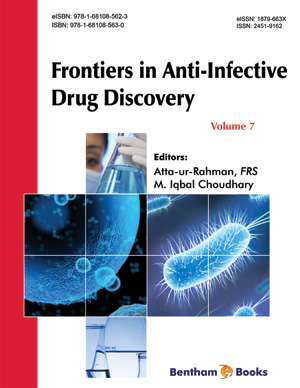Abstract
SHS investigation development is considered from the geographical and historical viewpoint. 3 stages are described. Within Stage 1 the work was carried out in the Department of the Institute of Chemical Physics in Chernogolovka where the scientific discovery had been made. At Stage 2 the interest to SHS arose in different cities and towns of the former USSR. Within Stage 3 SHS entered the international scene. Now SHS processes and products are being studied in more than 50 countries.
Abstract
Since ages, fungal pathogens are exploiting the human host by causing superficial to deep-seated fungal infections. Candida albicans, being the most prevalent pathogen, accounts for approximately 50–60% or more causes of candidiasis in humans leading to alarming mortality worldwide. In spite of significant advances being made in the improvement of antifungal drugs, only limited number of antifungal drugs are currently available and that too are not able to keep pace with the evolution and development of multidrug resistance (MDR) in C. albicans. Among the several causes of MDR, overexpression of drug efflux pumps contributes majorly to MDR. Thus, blocking or modulating the function of the drug efflux pumps still represents an attractive approach to combat MDR. The natural sources have the plethora of many promising natural compounds which can efficiently be exploited to improve the antifungal therapeutics. There is a need to unravel the intrinsic studies on natural inhibitors of efflux pumps. This book chapter unfolds the role of such natural compounds that target drug efflux pumps (the major culprits of MDR) thereby having the potential to chemosensitize towards known antifungal drugs.
Keywords:
ABC transporters, Candida, CaMdr1p, Cdr1p, Efflux pumps, Efflux pump inhibitors, Fluconazole, MDR, MFS transporters, Natural compounds.
Recommended Chapters
We recommend

Authors:Bentham Science Books






